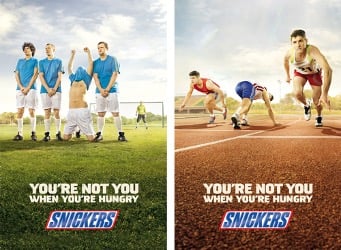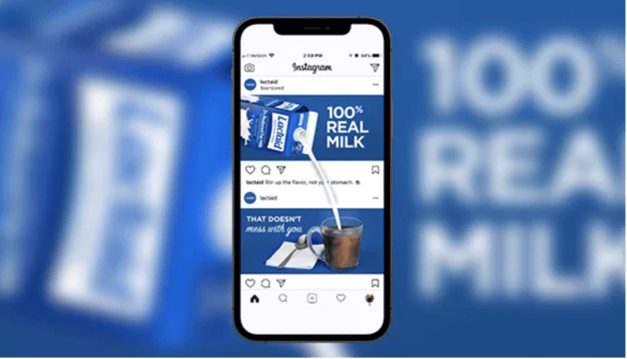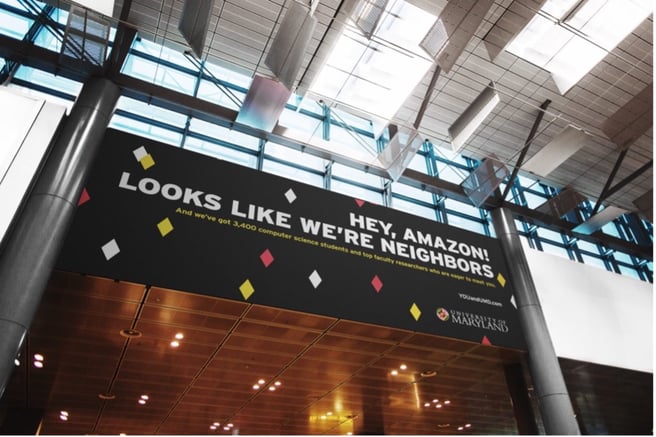In the 1970s, a seasoned entrepreneur made an interesting acquisition.
The man known as the “biggest pearl trader with the biggest cachet in the world” decided to invest in a few dozen strands of pearls made from the black-lipped oyster known to produce black pearls. And while these may have been seen as rare, the market merely perceived them as prosaic—unable to prescribe value to the unknown and unremarkable.
Until the entrepreneur made a critical shift.
He placed them in the windows of the most luxurious jewelers; they sold instantly. The product didn’t change—the context did.
Like black pearls illuminated alongside high-status pieces, understanding media context—the spaces and places our ads appear—is key to smarter media planning. It also relates to one of the critical questions we’ve been discussing: How can we gain a competitive advantage with our media planning?
As part of the media planning process, CMOs and their marketing teams should explore ways to leverage media context to give their messaging a competitive advantage. To help, we have explored three ways media context can help build marketing momentum and ensure your campaigns will have a stronger impact.
Understanding Media Context
Media context is quickly finding its footing again as cookies depreciate and programmatic solutions become more sophisticated. This is because what we say in our ads, in many ways, is just as important as where that message shows up.
Media context can be categorized in three ways:
- Audience Driven: What triggers—or moments in the customer journey—exist when your audience is most likely open to your message?
- Environment Driven: What advertising formats or content alignment exist that will strengthen our messaging?
- Moment Driven: What is going on culturally that may overlap with your messages to contribute to their impact?
At its most basic, the primary objective of advertising is to get noticed and remembered. Not an easy task as:
- Only 16% of advertising is both recalled and attributed to the brand.
- According to a Lumen study, only 9% of ads get looked at for more than one second.
- With the deluge of media, decreasing budgets, and increased exposure to marketing messages, advertising is becoming less effective.
The advantage higher education marketers can bring to the table to combat the above is understanding how elements such as attention, environmental clutter, and brand prominence play a role in advertising performance. While creativity is one of the top indicators of campaign success, media becomes more fragmented, inventory continues to shift and evolve, and digital advertising dictates an increasing amount of asset resourcing. Media planners can help leverage these key contexts to improve media efficiencies and marketing effectiveness.
Media Momentum
Media momentum starts with the audience. Exploring the customer journey beyond need states and touchpoints gives marketers the opportunity to identify key triggers and influences that may facilitate an “openness” to communication or alignment with brand-building associations. The point is to find where media can enhance moments in the customer journey. For example, Snickers’ “You’re not you when you’re hungry” campaign seeks to connect “hunger triggers” with the brand to become salient when someone is hungry.

Messaging Momentum
Messaging momentum starts with context—where our messages appear and the media environment surrounding them. Media planners may not be involved in the brand or campaign platform, but having a vast understanding of media platforms can help drive creative decisions that result in more effective advertising opportunities. What’s more, as the depreciation of cookies continues, context is once again an area of interest across the industry. We know that message congruency and contextually relevant advertising improve awareness and memory encoding, which means our ads are more likely to be seen and remembered.
There are two approaches media planners can take to explore the opportunities of combining media and creative. I call them mechanisms (the unique elements of channels) and mode—how an ad shows relative to the media environment.
In terms of mechanisms, understand the key characteristics of the media environment. To stand out, Lactaid disrupted the expected feed experience by creating cognitive dissonance—breaking what’s expected in the feed. By breaking what’s familiar, the mind is forced to make sense of it. The ad is successful because it uses a branded design element to disrupt the feed, making the brand part of the sense-making.

Mode considers environment as the content that surrounds an advertisement. This isn’t necessarily new; it’s a practice donned before the age of Mad Men. Connecting our message to the content can amplify how it’s processed and its impact. While defaulting to websites is easy, out-of-home and experiential ads can offer unique opportunities (even airport ads). For higher education, it could be planning specific messaging for college search sites, college prep sites, and even sites with rankings. It could also be in transit. While the example below may be spec work, it uses the context of travel and literal, physical context to elevate the message and reputation of the program.
Moment Momentum
Every day, things are happening outside of the marketing bubble so that we can connect our brands to culture that contextually strengthens what we hope to convey. This could be as real-time as Aviator Gin’s use of the Peloton girl or REI’s famed #OptOutside campaign launched during Black Friday.

In both cases, what’s going on in our message is heightened based on what is happening or talked about in audiences’ daily lives. Higher education leaders should start with a cultural calendar that identifies moments that create a unique opportunity to activate a campaign or find moments that allow you to evolve your messaging. We want to find moments that our creative might leverage to cut through more effectively. This could be as simple as NCAA tournament success or as complex as climate change.
Capitalize on Context
It's no longer reasonable to suggest that our competitor’s ads are the only thing competing for the attention of our audiences. To break through and create better enrollment outcomes, it’s crucial to understand media context as a mechanism to deliver an advantage. Start with your audience, explore the overlap in message and media environment, and find the connections between your institution and what your audience cares about.
__
As Director of Activation, Chris Huebner brings strategic rigor to the intersection of media and brand communications, uncovering the perfect blend of media, moments, and messages. He has worked in higher ed marketing, both agency and institution-side, where he has planned and executed comprehensive marketing and recruitment strategies across multiple program types and institutions. When away from the office, Chris enjoys trying new coffee shops (café au lait, always), visiting upstate breweries, and trekking through the Blue Ridge Mountains with his wife and two children.
This is the second article in a series on media planning in higher ed. You can read Chris's first article, Making Media Matter, on LinkedIn.











